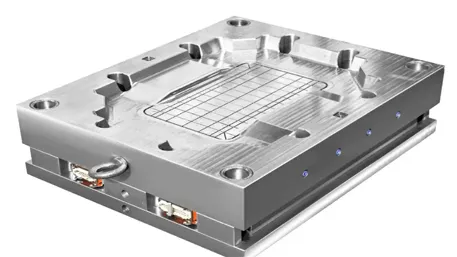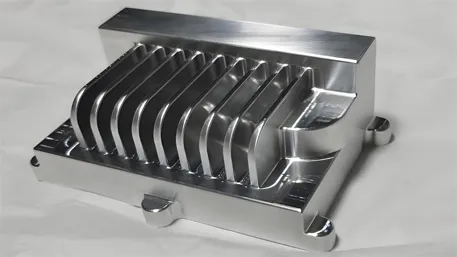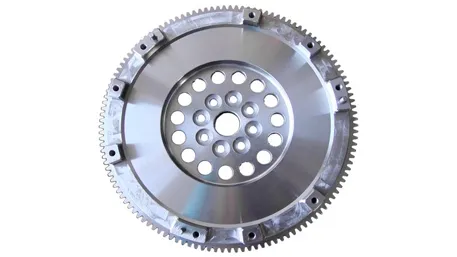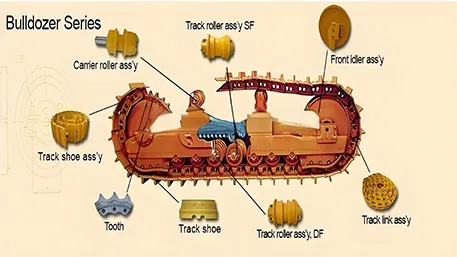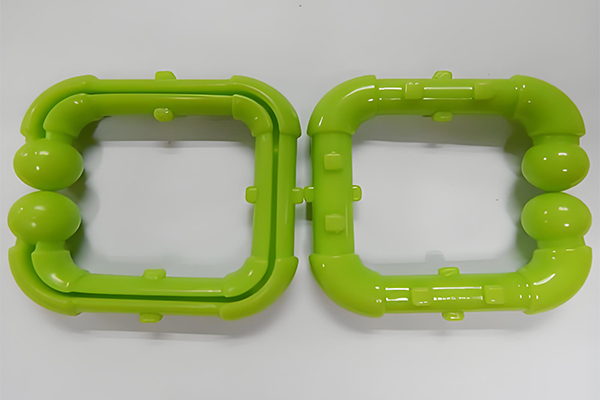Abstract: This paper elaborates in detail the design principles, structural composition, manufacturing processes of injection molds, as well as the challenges and solutions faced in practical applications. Through in-depth research on injection molds, it aims to provide theoretical support and practical guidance for improving the quality and production efficiency of plastic products.
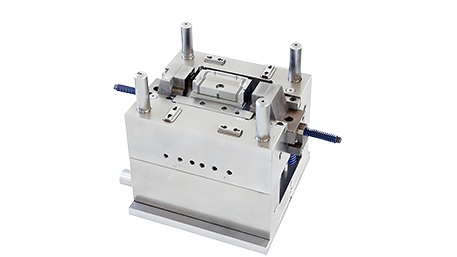
Keywords: Injection mold; Design; Manufacturing; Process
I. Introduction
Injection molding, as an important plastic processing method, has been widely used in the manufacturing industry. Injection molds, as the key process equipment for injection molding, their design and manufacturing quality directly affect the quality, production efficiency and cost of plastic products. With the continuous expansion of the application of plastic products in fields such as automobiles, electronics and medical care, the requirements for injection molds are also increasing day by day.
II. The Design of Injection Molds
(1) Analysis of Plastic Products
Before designing an injection mold, a detailed analysis of the shape, size, precision requirements and performance of the plastic product is required to determine the structure and process parameters of the mold.
(2) Mold Structure Design
Selection of the Parting Surface
The selection of the parting surface should consider factors such as the shape of the plastic product, the demolding method and the processing difficulty of the mold to ensure that the plastic product can be demolded smoothly and the mold structure is simple.
Design of the Gating System
The gating system includes the main runner, the runner and the gate. Its design should ensure that the plastic melt can fill the cavity evenly and quickly, avoiding defects such as short shots and flow marks.
Design of the Cooling System
The design of the cooling system is crucial for controlling the molding cycle and quality of the plastic product. According to the shape and size of the plastic product, the cooling water channels should be reasonably arranged to ensure the uniform temperature of the mold.
Design of the Ejection System
The design of the ejection system should ensure that the plastic product can be demolded smoothly without affecting the appearance and dimensional accuracy of the product.
(3) Selection of Mold Materials
The selection of mold materials should be comprehensively considered based on factors such as the batch of plastic products, molding materials and mold life. Commonly used mold materials include steel and aluminum alloys.
III. The Manufacturing of Injection Molds
(1) Processing Technology
CNC Machining
Use CNC machine tools to process the main components of the mold, such as the cavity and core, to ensure processing accuracy and surface quality.
Electrical Discharge Machining
Used for processing complex-shaped cavities and cores, such as narrow slits and deep holes.
Wire Cutting Machining
Suitable for processing high-precision mold parts, such as sliders and angled ejectors.
(2) Assembly Technology
The assembly of the mold is an important link to ensure the quality of the mold. During the assembly process, it should be carried out strictly in accordance with the assembly process requirements to ensure that the components of the mold are installed accurately and move flexibly.
IV. Challenges and Solutions of Injection Molds in Practical Applications
(1) Deformation Problem of Plastic Products
Plastic products may deform during the molding process, affecting the dimensional accuracy and performance of the products. Solutions include optimizing the mold structure, adjusting the injection molding process parameters, and adopting a reasonable cooling method.
(2) Wear and Life Problem of the Mold
The mold will wear during long-term use, affecting the life of the mold and the quality of the plastic products. By selecting high-quality mold materials, performing surface treatment and optimizing the mold structure, the wear resistance and service life of the mold can be improved.
(3) Short Shot and Flash Problems in the Injection Process
Short shots will lead to incomplete plastic products, and flashes will affect the appearance and dimensional accuracy of the products. These problems can be solved by adjusting the injection process parameters, optimizing the gating system and the exhaust system.
V. Conclusion
The design and manufacturing of injection molds is a complex and systematic project, which requires comprehensive consideration of various factors such as the requirements of plastic products, mold structure and manufacturing process. With the continuous progress of science and technology and the continuous changes in market demand, injection mold technology is also constantly developing and innovating. In the future, injection molds will develop in the direction of high precision, high efficiency and intelligence, providing stronger support for the development of the plastic product industry.

